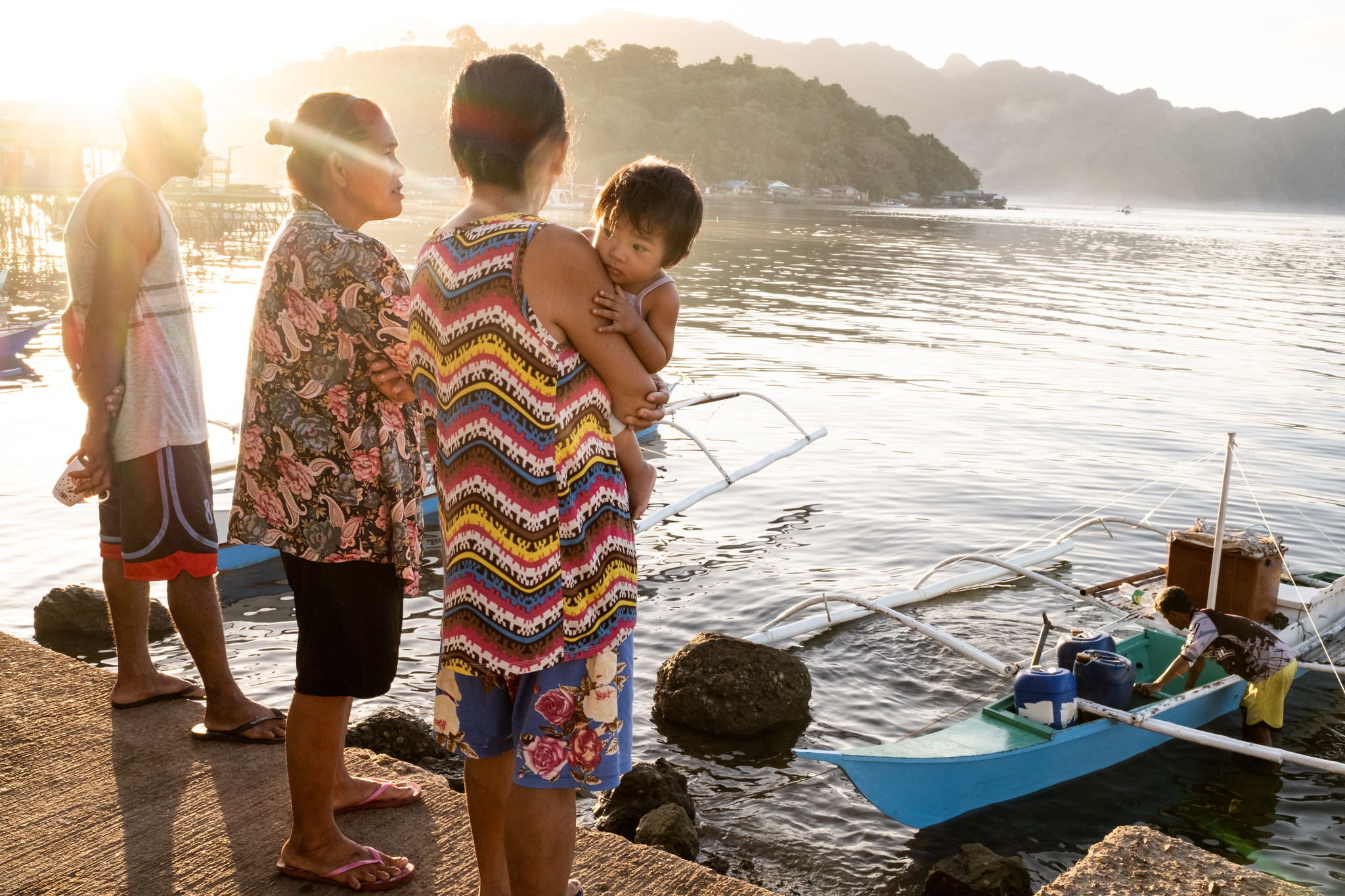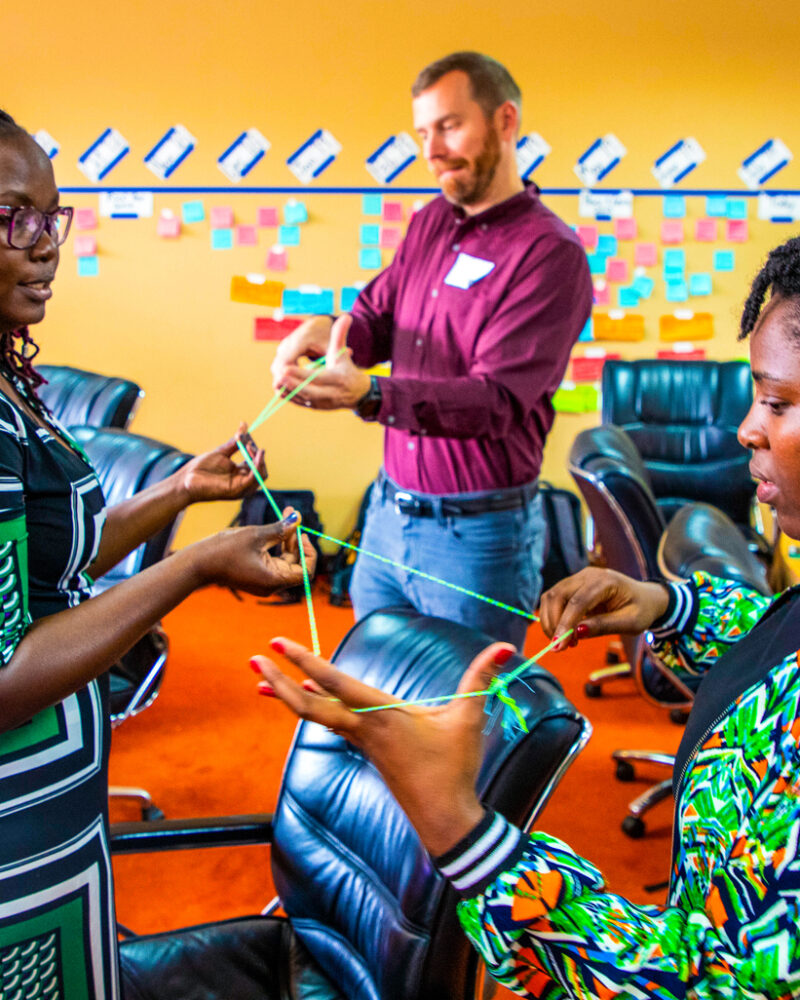A Note from Measuring Impact II Chief of Party, Shelly Hicks
I joined Environmental Incentives in 2013, the same year the company took its first steps in the world of international development as prime contractor for USAID’s Measuring Impact (MI) project. MI was a first-of-its-kind program designed to increase USAID’s capacity to design, monitor, evaluate, and improve the impact of global biodiversity conservation and natural resource management programs. Over six years, we partnered with USAID Bureau and Mission staff across the world to pilot and launch adaptive management practices across biodiversity activities. We had the opportunity to further this work through Measuring Impact II.
Through it all, we’ve remained committed to learning, adapting, and innovating to support impactful solutions that create the enabling conditions for human and natural communities to thrive. Listening to local communities is a critical part of that learning and has become the north star of our work. In the final year of MI2, USAID worked with photojournalist Jason Houston to host a series of participatory photography workshops with local communities to capture their perspectives on conservation. Today, I’m pleased to hand this piece of the Measuring Impact II story over to one of the many folks who made this project thrive, EI Program Manager Maria Abragan.
Catalyzing locally led development by amplifying community stories
Locally led development prioritizes community engagement, empowerment, and ownership, recognizing that sustainable development solutions must be rooted in the experiences, perspectives, and aspirations of local communities. In particular, locally led development is a natural fit for conservation efforts, reflecting the longstanding role of local communities as environmental stewards.
To better learn from local communities’ knowledge of and approach to conservation, USAID worked with photojournalist Jason Houston to conduct a series of participatory photography workshops in Madagascar, the Philippines, and Peru under Measuring Impact II (MI2). I had the privilege of contributing to the project in the Philippines as a community liaison. I served as a bridge between the local communities, photojournalists, and USAID implementing partners as we dug into the community’s experiences and perspectives and shed light on the impact of USAID’s investments. Through this collaboration, I gained invaluable insights into effective community engagement.
Communities Taking the Lead
Through participatory photography, community members use the lens of a camera to capture their day-to-day experiences, aspirations, and challenges, documenting what matters to them the most and how they view the world and their environment. Instead of imposing external values and perspectives, the workshops encouraged photographers to shape their own stories.
Our role was to simply listen and learn.
Take, for instance, the image of a turtle captured by a boat tour guide—and the story behind it. At first glance, the photo may seem like a simple snapshot of marine life. However, from the guide’s perspective, it reveals the intricate connection between marine biodiversity and those community members whose livelihoods depend on eco-tourism, like himself.
Centering the voices and experiences of local communities is a meaningful step toward genuine collaboration and more inclusive and sustainable development, allowing them to reclaim their narratives and assert their agency in shaping development needs.

Fish buyers wait at small port where local fishers bring their catch to sell to local buyers. Coron, Palawan, Philippines. February 2023. Photo by Jason Houston for USAID.
Meaningful Engagement Fosters Community Ownership
Locally led development goes beyond consulting with communities; it involves meaningful engagement, listening, understanding, and supporting communities to take ownership of their development journey. By providing an avenue for community members to visually articulate their realities and aspirations, participatory photography can be a powerful tool in this regard.
Following the initial participatory photography workshop in Coron, Philippines, community members gathered for a storytelling session to view their peers’ photographs and listen to their stories. Some used their photographs to advocate for the preservation of their local marine park. This call to action did more than raise awareness—it served as a testament to the community’s sense of ownership and mutual accountability cultivated through years of meaningful community engagement.
Importance of Local Knowledge and Experiences for Monitoring and Evaluation, and Learning
Communities possess invaluable insights into the social, cultural, economic, and environmental contexts in which development interventions are implemented. Their deep understanding of local dynamics, traditions, and challenges provides crucial context for monitoring, evaluation, and learning efforts.
Participatory photography offers a unique opportunity to gain insights into the nuances of local community experiences that may be challenging to capture through surveys, interviews, and focus group discussions. Engaging with community members through the lens of a camera helps us gain insights that transcend language barriers and cultural differences, deepening our understanding of their lived experiences. By exploring opportunities to better understand the intricate relationships between community members, we can work together to advance a collaborative approach to development, rooted in learning.
Lead photo: Marlon is a fisherman and boat maker who also takes ecotourists on day trips to nearby Siete Pecados Marine Park in Coron, Palawan, Philippines. Photo by Jason Houston for USAID.



